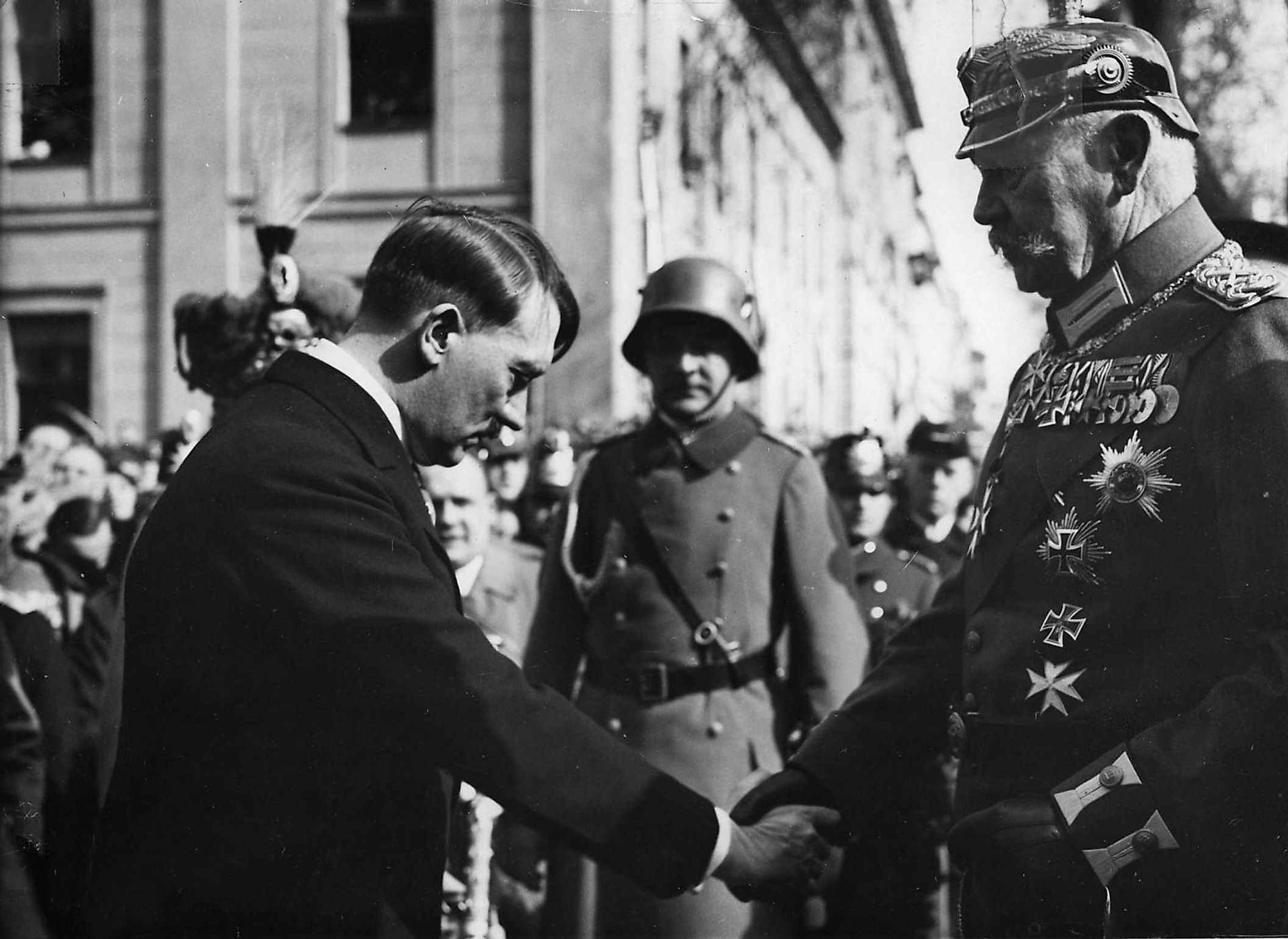
The Early Months of Nazi Germany
Adolf Hitler was named chancellor of Germany on January 30th, 1933. But, despite his rise to power, the Nazis had only won pluralities in previous elections. Furthermore, Germany's major institutions were still mostly free from Nazi influence. Therefore, to consolidate power, the Nazis needed to win over significant numbers of Germans and come to control the key levers of German society. This process of coordination, known as Gleichschaltung, occurred throughout the entirety of the Third Reich's existence. However, it was most actively pursued in its first few months.
January 30th
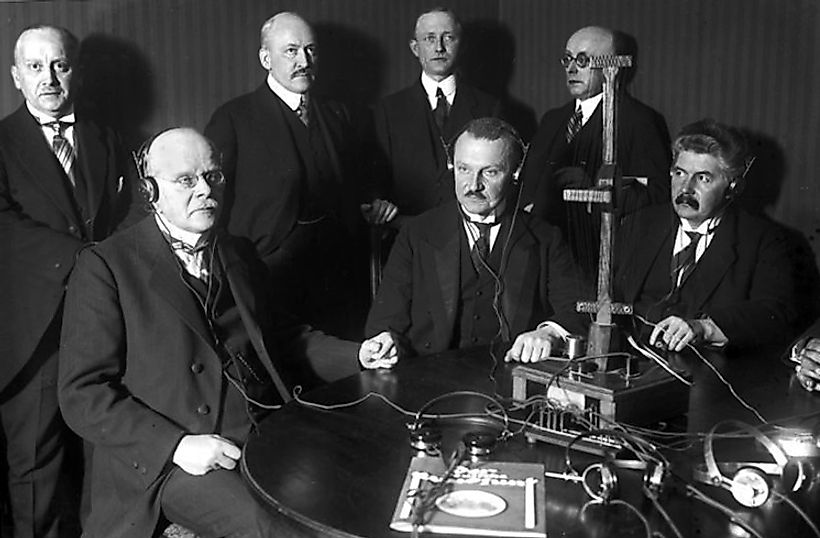
German politics in the 1920s and early 1930s was volatile. The Weimar Republic, the democratic system of government that emerged following the end of the First World War, was characterized by unstable coalitions, frequent elections, and political violence. This made it essential for Hitler to immediately signify that his government was different from the previous ones. Therefore, he arranged a torchlight parade through central Berlin on January 30th. While not universally successful, this display, and others like it, impacted many impressionable Germans. For instance, fifteen-year-old Melita Maschmann wrote that she was filled with "intoxicating joy." Moreover, Luise Solmitz, a nationalist school teacher, remarked after witnessing a similar parade in Hamburg that she was "drunk with enthusiasm." In short, the torchlight parade of January 30th was a crucial first step in bringing more Germans in line with Nazism.
February 27th
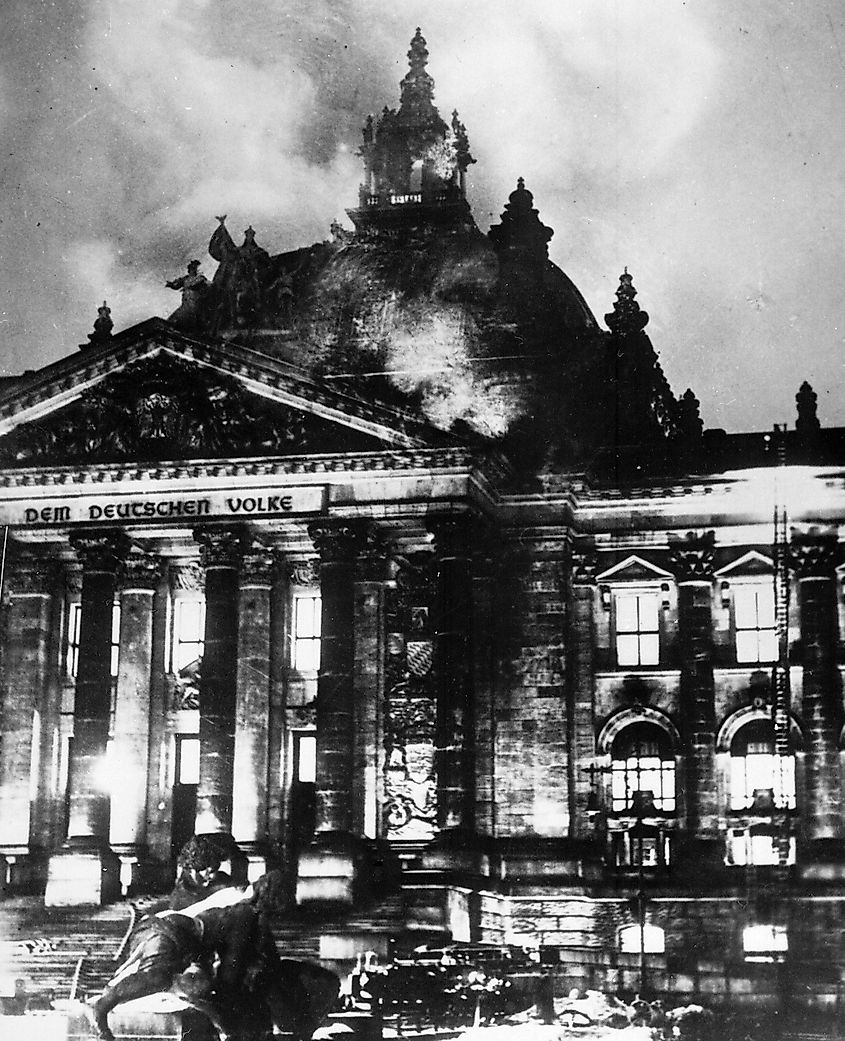
On February 27th, the Reichstag was set on fire by Dutch communist Marinus van der Lubbe. The following day, Hitler passed the Reichstag Fire Decree, a law that suspended civil liberties. This gave the Nazis a massive advantage in the upcoming March 5th election, allowing them to legally persecute the Communist Party (KPD) and the Social Democrats (SPD). Nonetheless, they were still unable to win a majority, garnering 44% percent of the vote. Furthermore, despite the persecution of its leadership and membership, the KPD received almost five million votes. All this indicated that the Nazis still had substantial work to do regarding coordinating the general populace.
March 21st
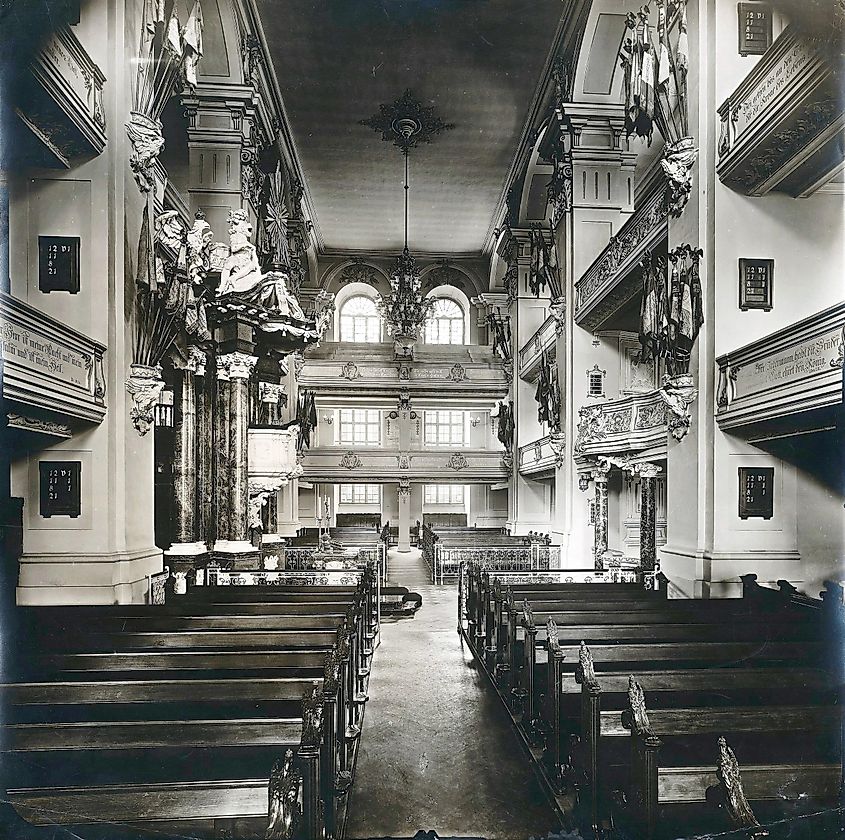
One of the first steps in this process occurred on March 21st. Indeed, in celebration of the reopening of the Reichstag, a ceremony took place at the Garrison Church in Potsdam. However, Hitler purposefully staged this event to ease the worries of those who feared Nazi excesses. Everything, from Hitler bowing before President Paul von Hindenburg to his proclamation of the "marriage between the symbols of the old glory and young strength" to the location itself, was meant to demonstrate Hitler's respect for Germany's past and its institutions. According to several primary accounts, these measures successfully won over some of the previously unconvinced. Indeed, Hindenburg had tears in his eyes, despite famously disliking Hitler.
Furthermore, Erich Ebermayer, a member of the centrist German Democratic Party, remarked that Hitler was turning into a "real statesman." Non-Nazi newspaper Kölnische Zeitung wrote, "Never before have we had representation in which pure national idealism was so plainly evident." In short, the Potsdam Ceremony successfully legitimized the Nazi government in the eyes of at least some Germans.
March 23rd
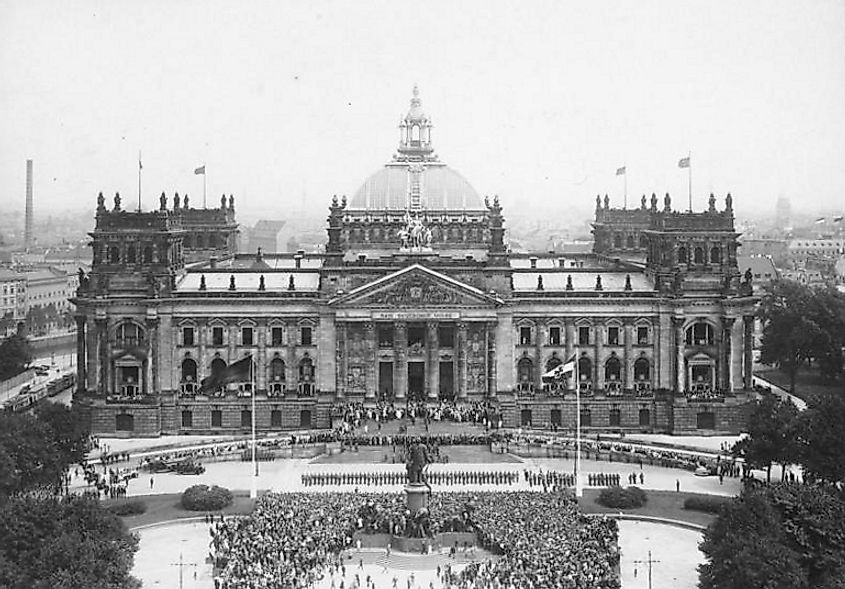
Now that Hitler had supposedly demonstrated his respect for tradition, he could move forward with a more radical agenda. He did exactly that two days later when the Reichstag assembled to debate the Enabling Act. This was a piece of legislation that, if passed, allowed Hitler to make laws without the approval of the parliament or the president. However, it required a two-thirds majority to be enacted. Leader of the SPD, Otto Wells, made a defiant speech before the vote, stating that "no Enabling Act gives you (Hitler) the power to destroy ideas that are eternal and indestructible." This opposition proved futile; since the KPD had been banned following the March 5th election, the SPD was the only party to vote against the legislation. Therefore, the Enabling Act became law on March 23rd, and the Nazis were now one step closer to consolidating power.
May 1st
Another important day in the coordination of German society was May 1st, the National Day of Labor. To demonstrate a greater attentiveness to workers' needs than previous governments, the Nazis made the day a paid holiday and arranged celebrations across the country. The main event was a massive rally at the Tempelhof Airfield in Berlin, which saw the unveiling of a new zeppelin and a speech by Hitler. Importantly, primary accounts indicate that these celebrations were successful at reaching many presumably previously-unconvinced Germans. For instance, Frankfurt journalist Lili Hahn noted that due to the newfound unification between classes, "Germans were ready to follow their Führer blindly." Furthermore, Jewish academic Willy Cohn also remarked that class hatred had seemingly been "overcom(e)."
May 2nd
However, in sharp contrast to their supposed pro-worker displays, the Nazis occupied trade unions across Germany the following day. By May 10th, all unions had been merged into the Nazi-run German Labor Front, headed by Robert Lay. Despite going against everything the National Day of Labor had allegedly stood for, Hitler believed the German workers were still on his side. In a May 10th speech, he proclaimed, "I have gained the German worker for the German Reich." In short, after the May 1st celebrations, the Nazis took advantage of newfound trust and further tightened their grip over Germany's institutions.
Conclusion
The first months of Hitler's reign were crucial for the coordination of German society. At the outset, many were still skeptical of the new regime, and Germany's institutions were yet to be dominated by the NSDAP. But, from January to May 1933, this changed, as many people, levers of government, and unions came under the control of the Nazis.











